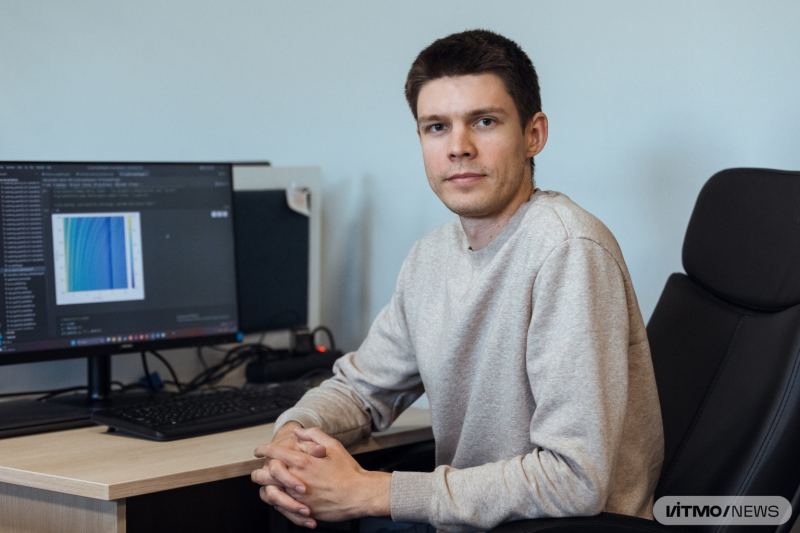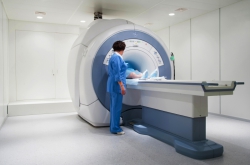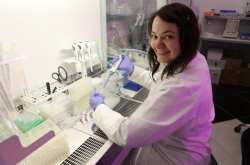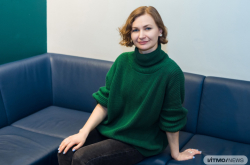Why did you become a scientist?
I've been interested in science and technology ever since I was a kid and grew firm in my decision to become a scientist in the ninth or tenth grade. Of the three fields – political sciences, economics, and physics – that were on my mind, physics was the only one that I couldn’t learn by myself. As far as I can tell, all phenomena around us are of a physical nature. Even chemistry and biology come down to physics, which describes the behavior of particles, molecules, and atoms based on fundamental physical correlations: electrostatic attraction and repulsion, nuclear forces, and gravity. All in all, physics is the foundation of everything.
What exactly do you study?
In Novosibirsk, I explored laser modification of material surfaces, in particular the formation of laser-induced periodic structures. I picked this field for my PhD thesis and still remotely collaborate with my former colleagues from the Institute of Automation and Electrometry.
When I got into ITMO, I wanted to do something different. I found myself drawn to join Mikhail Limonov’s team, which specialized in resonance effects in dielectric ring resonators. These structures make it possible to enhance the nonlinear coupling of electromagnetic radiation and matter and reduce the size of photonics devices while maintaining their performance. Essentially, ring resonators are dielectric antennas that can be customized for specific purposes.
For the most part, I create numerical models of these resonators, scattering spectrums, and electromagnetic fields; in my work, I use the COMSOL Multiphysics software.
This study is part of a project on dielectric Mie-tronics. Mie-tronics is a new trend in photonics that employs Mie resonances, which occur in wavelength-sized objects, to generate a range of optical effects. Found in dielectric particles, these resonances do not waste their energy as heat, unlike metal ones.
Today’s electronic hardware has speed limits: we cannot rise above set frequencies in processors due to their physical limitations. Therefore, we hope to develop computing elements based on dielectric resonances. The transition from electrical signals to light promises to multiply the performance speed of electronic devices by a thousandfold. We strive to develop this field and believe that Mie-tronics can be at its core.
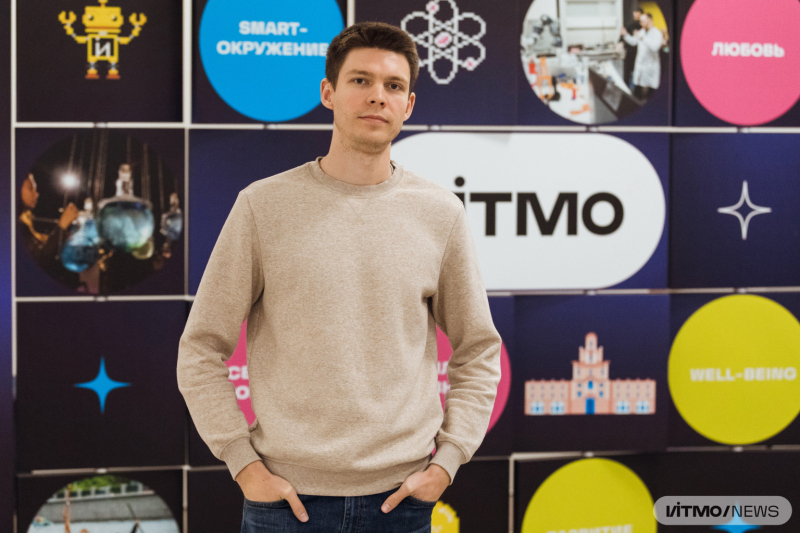
Kirill Bronnikov. Photo by Dmitry Grigoryev / ITMO.NEWS
Why is your research important?
This study can help produce next-gen photonics tech that will be used in optical computing and communication systems, which are set to replace today’s electronics. What we have now are hybrids: computers with electronic components and fiber-based communication systems, in which light signals transmit data at high speed with minimal losses. The ideal solution is a single system in which communication, data processing, and computations are all done optically.
To connect communication channels and carry out calculations, we need to process signals of varied frequencies, which can only be possible if we transmit these signals through optical fiber in a wide spectrum of wavelengths. In this case, each wavelength will side with a channel and optical waves will not interact with one another, letting multiple users communicate simultaneously. Here, highly selective frequency filters are responsible for separating signals as they are being received.
This technology can already be found in fiber optic data transmission systems. However, the size of such components is a few hundred micrometers, which is too big when compared to tens of nanometers achieved in electronics. At the same time, those of smaller size are less efficient, which is one reason why this transition is being delayed.
The solution could be to use special resonances in dielectric particles, called bound states in the continuum, which can achieve a high Q factor with object sizes on the order of the wavelength and make optical devices smaller.
Additionally, our study can be of use in laser microscale processing. Say, we have a laser operating at a wavelength in the near-infrared range, but we need radiation in the visible range. What we can do is either purchase or create a new laser with desired characteristics, which would be expensive or even unachievable if there is none for our particular specific wavelength. Or we can run radiation through a ring resonator made of a nonlinear material to alter its frequency and produce visible light. Moreover, the efficiency of such conversion for the ring resonator would be significantly higher than if we used a nonlinear material of any shape.
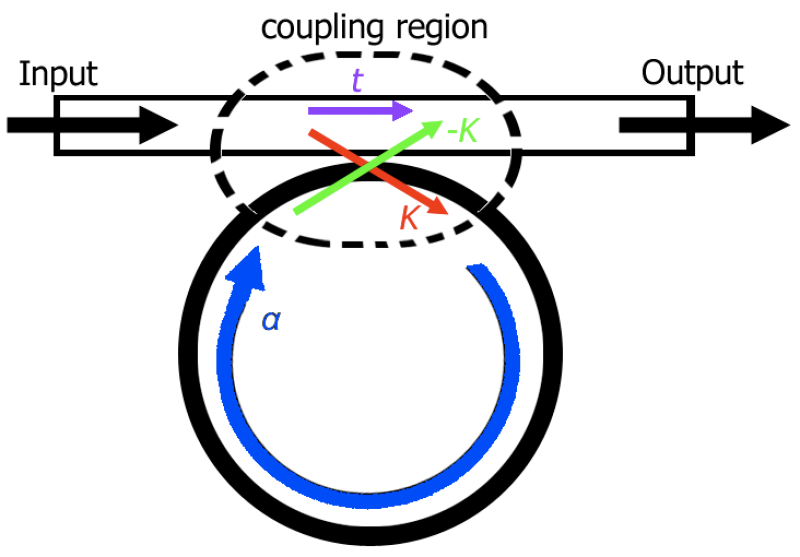
Coupling between ring resonators and a waveguide. Credit: Lamboman2008 / Wikimedia Commons / CC BY-SA 3.0
How did you find out about the ITMO Fellowship program?
My family and I decided to move to St. Petersburg, so I was searching for a new place where I could pursue my research. ITMO met all my needs: strong science teams and cutting-edge research. I learned about the university from my former colleagues, and physicist Aleksey Kohanovskiy, who is also an ITMO Fellow, told me about the program.
How are you liking it here?
I enjoy working at ITMO. The university offers a lot of relaxation options for staff. On one Telegram channel I follow, I saw several such events for employees. The working conditions are great, too: we have powerful computers for our research and a handy online system for booking conference rooms.
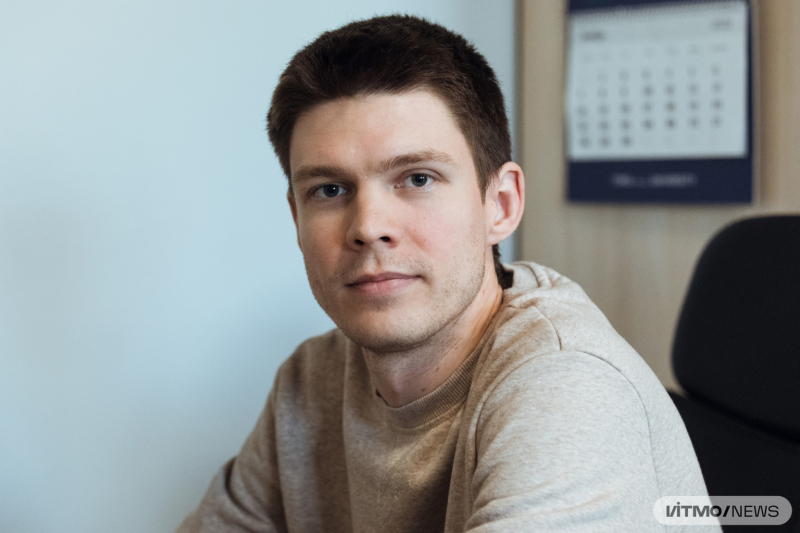
Kirill Bronnikov. Photo by Dmitry Grigoryev / ITMO.NEWS
Are you going to work with other teams or universities?
Our team collaborates with experimental spectroscopists who deal with the microwave range, but we are open to partnering up with other researchers at ITMO’s School of Physics and Engineering. We already have some ideas for projects. For instance, we can apply our ring resonators to enhance nonlinear effects, which, if combined with perovskite materials developed by Sergey Makarov’s team, can help produce photonic devices with greater sensitivity and selectivity.
Read also:
Improving Lasers: ITMO Scientists Suggest a New Way to Couple Light and Matter
ITMO Scientists Present A Way to Control Light-Matter Coupling in Next-Gen Optical Devices
What do you want to achieve with your research?
We aim to identify the conditions in which high-quality resonances in rings are produced and then investigate them, describe them qualitatively and quantitatively, understand their causes, and put them into practice – for one, in perovskites. This way, we will be able to tune our rings to certain resonances and thus increase their nonlinear properties, such as harmonic generation and photoluminescence. This will pay the way for more sensitive and efficient sensors, nanolasers, biosensing photodetectors, and compact photonic devices.
